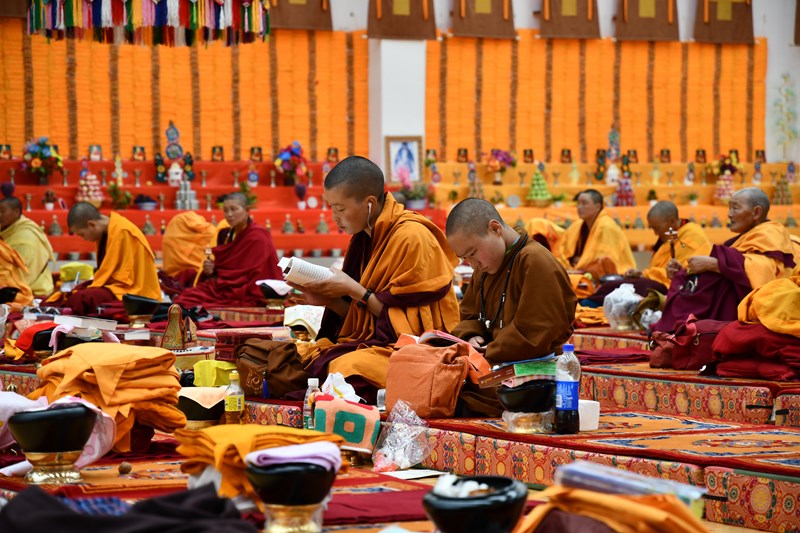INFOS & SERVICE
OUR OTHER WEBSITES
Arrive in Chengdu
Enjoy Chengdu leisurely daily life, Kuanzhai Xiangzi, drink tea in People’s Park

Chengdu - Dujiangyang - Wolong - Siguniang Shan Town
Dujiangyan Irrigation System, Panda in Wolong, sunset of Mt. Siguniangshan

Siguniang Shan Town – Danba
Sunrise of Mt. Siguniang, Shuangqiao Valley, Wori Tusi Manor, Tibetan village Jiaju

Danba - Bamei – Tagong
Block towers in Suopo, Huiyuan Temple, Lhagang Monastery, Gyergo Nunnery and the grand mani wall of Hepingfahui, sunset of Yala Mountain

Tagong - Luhuo - Kasa Lake - Garze
Sunrise of Yala Mountain, Kasa Lake, Han-Chinese Monastery

Garze - Yarchen Gar (Yaqing Si) - Garze
Debate in Garze Monastery, Yarchen Gar (Yaqing Si)

Garze - Dargye - Manigango - Yilhun Lhatso - Dege
Dargye Monastery, have a walk in Yilhun Lhatso (Xinlu Hai Lake), rock sculpture frescoes in Keluodong village

Dege - Pelyul (3006 m)
Dege Printing House, Dege Gonchen, Pelyul Monastery

Baiyu - Batang
String Dance and Music

Batang – Markam – Zuogong
Drive in the Three Parallel Rivers Regions, central area of Hengduanshan Mountain Range. Leave Sichuan and enter Tibet

Zuogong – Bangda - Baxoi – Ranwu
Overcome 72-turn, stay be the beautiful Ranwu lake

Ranwu – Midui – Bome - Lulang
Midui Glacier, Parlung Tsangpo, Lulang Town

Lulang - Linzhi - Basum Tso
Overlook Gyala Pelri and Namjabarwa, Buchu monastery, Lamaling temple, Ancient Giant Cypress Forest, Niyang River, Basum Tso Lake

Basum Tso – Gandan – Lhasa
Mi La Mountain Pass. Gandan Monastery. Welcome in Lhasa!

Lhasa
Potala Palace – landmark of Lhasa, Jokhang and Barkhor Street

Lhasa
Panoramic view over Potala, Norbulingka, Debate in Sera

Leave Tibet
Travel to next destination

Private travel, great experiences! Please contact us for your tailor-made travel offer.
With individual China Tibet travel, you can decide when, where and how you go on tour by yourself. What's more, you can choose the length of travel and whom you go with.